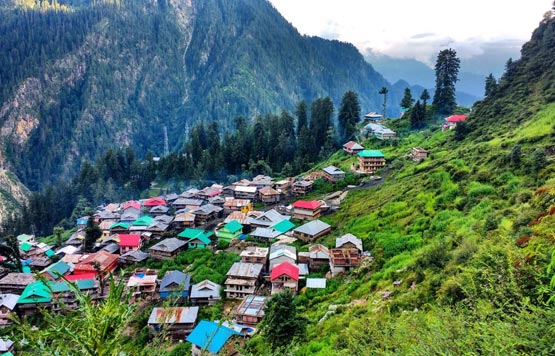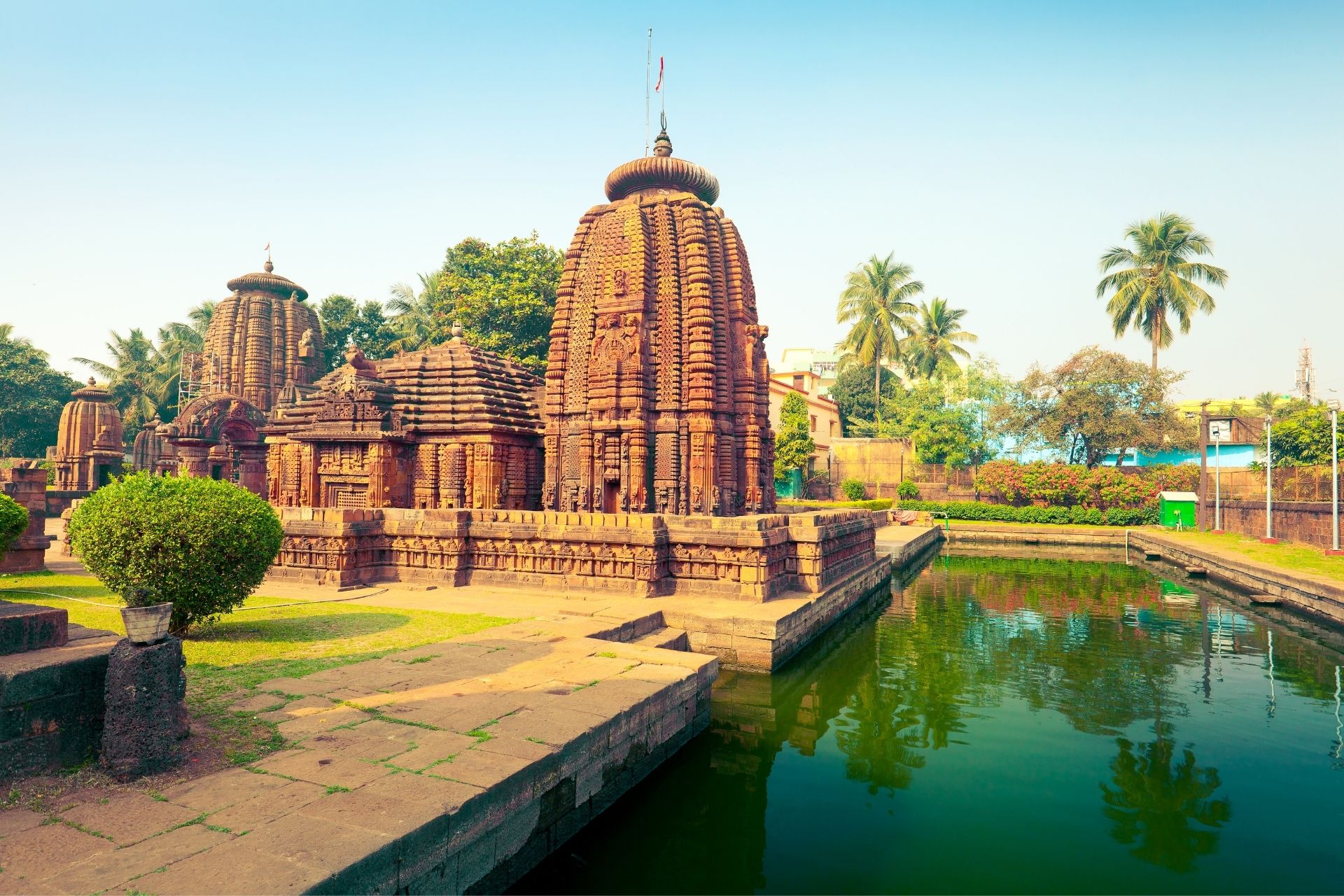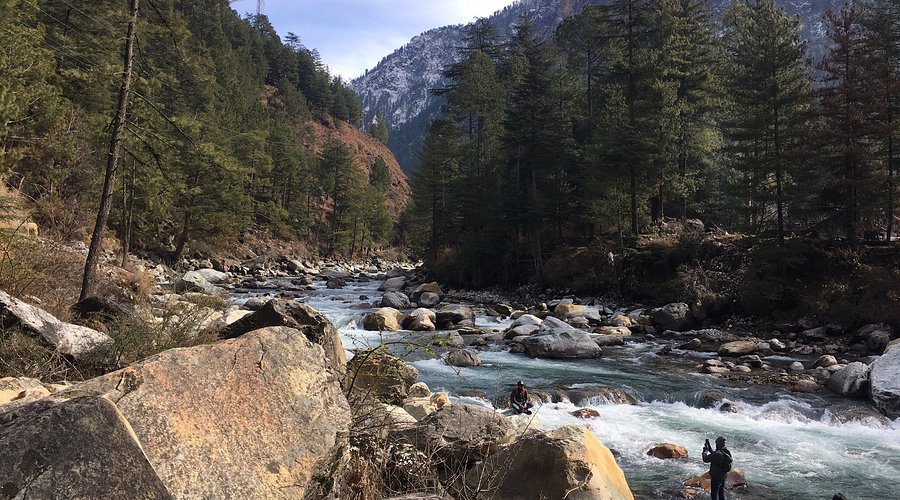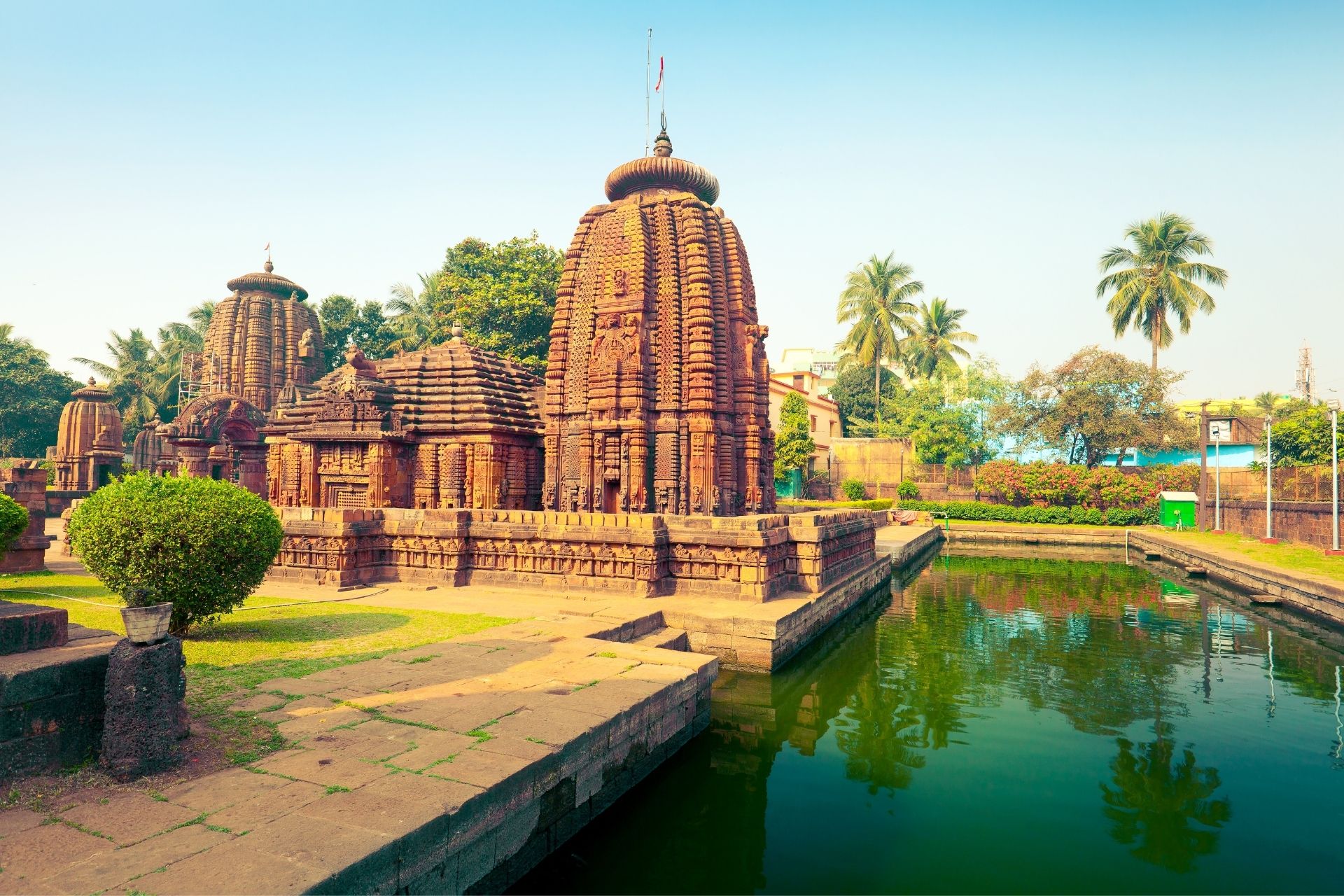The Enigmatic Chinese Fishing Nets of Kochi, Kerala
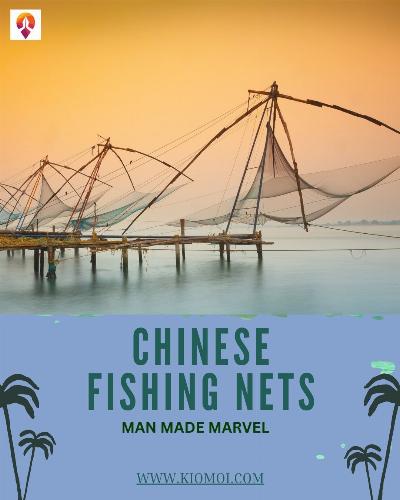
Strong8k brings an ultra-HD IPTV experience to your living room and your pocket.
Kochi, a vibrant coastal city in Kerala, India, is famous for its stunning landscapes, rich history, and diverse culture. Among its most iconic features are the Chinese fishing nets, known locally as "Cheena Vala." These magnificent structures not only symbolize the region's fishing heritage but also serve as a testament to the cultural exchanges that have taken place over centuries. In this article, we will explore the Chinese fishing net Kochi, delve into History of Chinese Fishing Nets Kochi, examine how they work, and understand their significance in Kerala's coastal life.
What Are Chinese Fishing Nets Kerala?
Chinese fishing nets are large, cantilevered fishing nets that are typically set up along the coast of Kochi and other parts of Kerala. Constructed primarily from bamboo and teak wood, these nets feature a horizontal frame supported by a series of ropes and pulleys. Fishermen use these nets to catch fish in the shallow waters of the Arabian Sea, employing a technique that has remained relatively unchanged for centuries.
Structure and Functionality
The structure of a Chinese fishing net consists of several key components:
Horizontal Frame: This is the main support structure, fixed at one end and pivoting at the other, allowing it to be raised and lowered.
The Net: Attached to the frame, the net can be spread out over the water and drawn back in, capturing fish as it is pulled.
Counterweights: These are typically made of heavy stones and are used to balance the net, facilitating easier operation.
Together, these elements create a fishing tool that is both efficient and visually striking, adding to the charm of Kochi's coastline.
What is the history of Chinese fishing nets in Kerala?
The history of Chinese fishing nets in Kerala is a fascinating tale that intertwines local tradition with global trade. These nets are believed to have been introduced by Chinese traders during the 15th century, particularly associated with the voyages of the renowned Chinese explorer Zheng He. His expeditions to the Malabar coast brought not only trade but also cultural influences, including this innovative fishing technique.
Cultural Significance
The arrival of Chinese fishing nets marked a significant moment in the history of Kerala's fishing practices. They represented a fusion of techniques and ideas, showcasing the region's openness to external influences. Over the years, these nets have become synonymous with Kochi, symbolizing the city’s unique maritime heritage and its historical connections to the broader world.
Decline and Resilience
While the nets once thrived, the fishing community faced challenges in the late 20th century, including overfishing and competition from modern fishing methods. Despite these challenges, the resilience of the local fishermen has ensured that Chinese fishing nets remain a vital part of Kochi's identity. Today, they are not only a means of catching fish but also a popular tourist attraction, drawing visitors eager to witness this traditional fishing technique firsthand.
How Do Chinese Fishing Nets Work?
Operating a Chinese fishing net requires a blend of skill and teamwork. Here’s a step-by-step breakdown of how these nets function:
Setting Up the Net: Fishermen begin by positioning the net along the shoreline. The structure is anchored securely, with the horizontal frame set up to allow easy operation.
Lowering the Net: To catch fish, the fishermen pull on ropes attached to the net, lowering it into the water. The net is spread out horizontally, enabling it to capture fish swimming below the surface.
Using Counterweights: The counterweights play a crucial role in keeping the net taut and submerged. As the net is lowered, these weights help balance the structure, ensuring smooth operation.
Raising the Net: After allowing the net to sit in the water for several minutes, the fishermen pull on the ropes again to raise it. This action requires teamwork, as the net can become heavy when filled with fish.
Collecting the Catch: Once the net is raised, the fishermen carefully collect the fish trapped within and sort them for sale. This process highlights the importance of coordination and timing in traditional fishing practices.
Environmental Considerations
While Chinese fishing nets have proven effective, they also pose environmental challenges. Overfishing and pollution in the waters around Kochi have led to declining fish populations. As such, there is a growing emphasis on sustainable fishing practices to ensure the long-term viability of this traditional method.
The Cultural Impact of Chinese Fishing Nets Kochi
Beyond their function as fishing tools, Chinese fishing nets have woven themselves into the cultural fabric of Kochi. They are a source of pride for local fishermen and a symbol of the city’s rich maritime heritage. The nets have inspired artists, photographers, and writers, making them a significant element of Kochi's artistic representation.
Tourism and Economic Benefits
The Chinese fishing nets have also become a focal point for tourism in Kochi. Visitors from around the world flock to the waterfront to watch fishermen at work, enjoy the scenic views, and capture stunning photographs. This influx of tourists has created economic opportunities for local businesses, including seafood restaurants and souvenir shops.
The fresh fish caught using these nets is sold at nearby markets and served in local eateries, where it is often prepared in traditional Kerala styles. Dishes like fish curry and fried fish have become staples for both locals and tourists, highlighting the culinary significance of this fishing method.
Conclusion
The Chinese fishing nets in Kochi are more than just a traditional fishing technique; they are a reflection of the rich cultural heritage and history of Kerala. Their introduction by Chinese traders centuries ago marks a significant moment in the region’s maritime history, symbolizing cultural exchange and adaptability.
As you explore the shores of Kochi, take a moment to appreciate the beauty and ingenuity of these nets, which continue to capture the imagination of visitors and locals alike. By supporting the fishermen and embracing sustainable practices, we can help preserve this iconic aspect of Kerala's cultural landscape for future generations. Whether you are a history enthusiast, a nature lover, or simply a curious traveler, the Chinese fishing nets of Kochi promise an unforgettable experience, steeped in tradition and community spirit.
Note: IndiBlogHub features both user-submitted and editorial content. We do not verify third-party contributions. Read our Disclaimer and Privacy Policyfor details.



